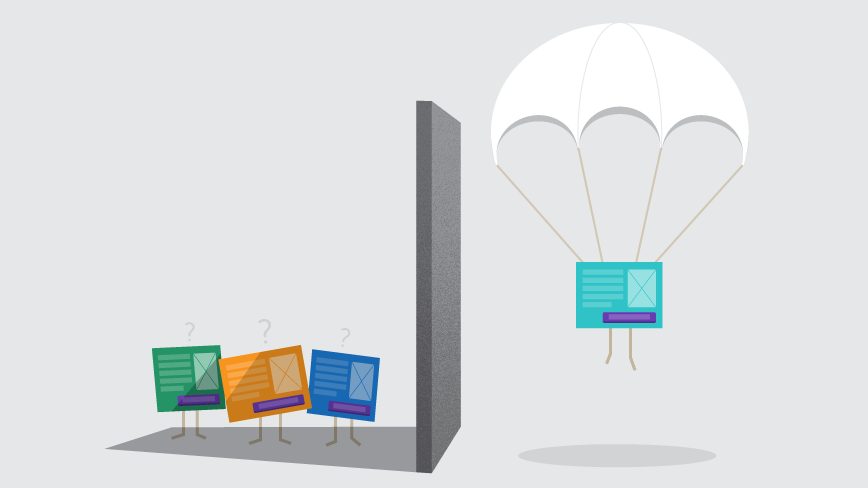For all the uproar, AdBlockers may be doing digital marketers some good. Their audiences are challenging them to accomplish one thing: do better or go away.
There has been much talk in the marketing world about ad blocking software recently, and for good reason. Two hundred million people worldwide are now blocking ads, according to Digiday. That may be a paltry 7% of global online users, but in high-value markets like the U.S., the ratio rises to 14%.
This development has hurt content sites and the advertisers they depend on for revenue. Frank Iqbal, chief creative officer at RAPP USA, says it’s up to agencies and brands to assess the quality of their content. Customers are less likely to use ad blockers if the quality is worthwhile, and Iqbal thinks emphasis on the opt-in culture of social media and search marketing is a shift companies should make. Senior Vice President of the Internet Advertising Bureau Scott Cunningham had less kind words to say, referring to ad blocking software as “highway robbery.”
Yet, for all the negativity, AdBlockers may be doing digital marketers some good. By giving consumers the option to filter out ads they do not want to see, those that make the cut emerge as good examples of the current online ecosystem. Now, marketers are being challenged to accomplish one thing: do better, or go away.
A Monster of Our Own Creation?
Ad blocking software was a direct response to the tactless ways some online advertisers sought out conversions from their audiences. Many ads pester, annoy and intrude in ways that would look downright unnerving in a physical setting. “We in the digital marketing business have been devising increasingly complex methods of creating intrusive ads,” confesses Ted Boyd, CEO of Toronto’s One Advertising. “They glisten, they jingle, they dazzle, they take a long time to load.”
Ads like these disrupt the online browsing experience and create uneasy tensions between audiences and advertisers. While tactics like retargeting are showing promise in increasing ad relevancy, at the same time countless marketers are getting lectured on how to prevent this method from becoming “creepy.” Other advertisers use “spray-and-pray” tactics to bombard site visitors with ads that are not too far off from the “Punch the Monkey to Win an iPod!” days.
Emerging from the Primordial Sea
AdBlock adoption arose as a defensive mechanism against media, but that does not have to become an entrenched attitude. Digital wins in the past show that audiences are willing to accept solutions that are more convenient and conducive to their habits, such as how Netflix subscriptions led to a decline in online piracy.
Similarly, marketers and ad services are responding with their own adaptive business models that reduce the temptation to AdBlock, or at least adjust to it. Google recently announced that cost per impression ads would now only be charged if they were legitimately viewable.
Sites like the New York Times are reclaiming lost ad revenue by running smart, creative native ad content that offers just as much value to users as their regular articles. Even AdBlock is shifting its own practices to accommodate whitelisted ad networks, so long as they comply with their standard that the ads are not “too disruptive or intrusive.”
However, the most effective tactic shown so far is to simply create better ads. Brand-curated content posted on owned websites and social media pages has shown to be an increasingly effective method of advertising that actually offers visitors value. The recent back-to-school marketing season was marked by brands like JC Penney pouring money into viral campaigns that earned them millions of YouTube views and social shares. According to sites like Electronics Feed, “agencies agree that hyper-targeting, emotional branding and unobtrusive presentation are key to recapturing consumers’ attention before ad blocking becomes the norm.”
Attitudes like these are helping digital ads become less obsolete and start to gain some traction.

